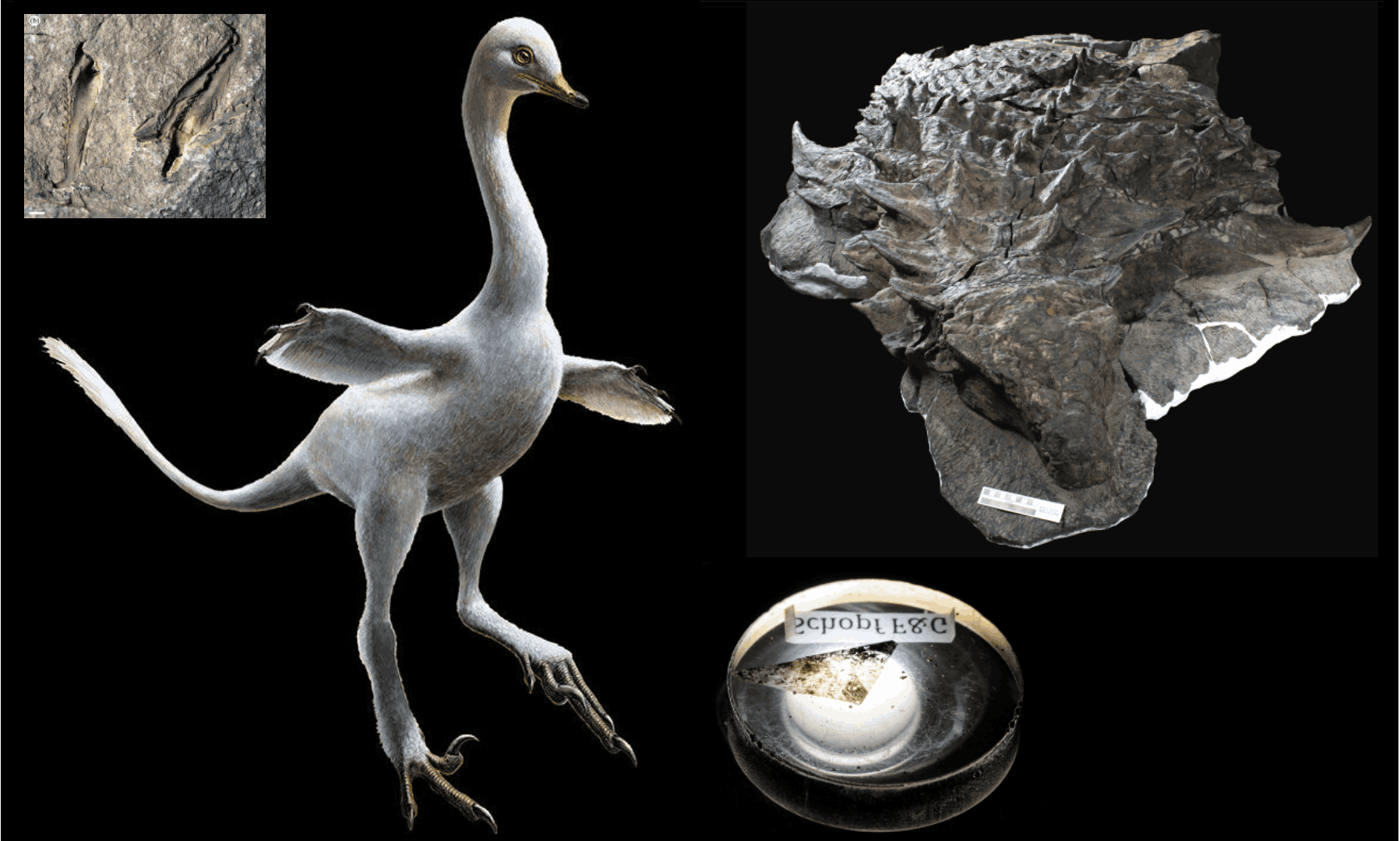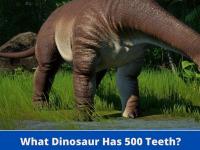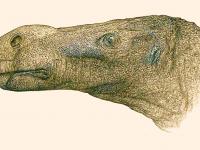Top Fossil Discoveries of 2017

The Lost Worlds Revisited team has been reflecting on a bumper twelve months of palaeontological discoveries. Overwhelmed with choice, we also asked on Twitter for other people’s favourite fossil finds of 2017. So here is a combination of those fossiliferous suggestions, alongside some of our personal favourites. Enjoy!
First life on earth
Some of the smallest fossil finds of 2017 were among the most controversial. In March, Matthew Dodd and colleagues described tiny tubes and filamentscomposed of iron oxide in rocks from Quebec, Canada dated between 3.77bn and 4.28bn years old. They interpreted them as the remains of bacteria living around hydrothermal vents, pushing the earliest evidence of biological activity to more than 3.77bn years ago, and conceivably even a staggering 500m years earlier. In September, Takayuki Tashiro and colleagues analysed graphite particles from rocks 3.95bn years old from northern Labrador, Canada. They concluded from isotope ratios that the carbon was biologically produced, although this interpretation was not shared by all researchers.
Finally, in research published mid-December, Bill Schopf and colleagues used the carbon isotope composition of microfossils in the 3.46bn year old Apex Chert, from Western Australia, to confirm their previously-disputed biological origins and even work out which groups of microbes were represented. Two species were primitive bacterial photosynthesizers, one was a methane-producing Archaean microbe, and two others were bacterial methane consumers. This impressive study shows that methane-cycling microbial communities were already established by 3.5bn years ago.
Halszkaraptor, the bird-like bombshell
2017 was a great year for paleontologists, and it was hard to keep up with all the fossil splendor coming at me from various angles. However, one that stood out is the recently described fossil of a theropod dinosaur - studied non-invasively with high-tech 3D scanning - that shows amazing bird-like features.
The theory that birds descended from dinosaurs is now commonly accepted amongst vertebrate palaeontologist. The discovery of exquisitely well preserved fossils, such as those from Liaoning province in China, has shown us that many features we once reserved for birds, were actually widespread amongst theropod dinosaurs (the group of dinosaurs that ultimately gave rise to birds), including those that were not on the lineage towards birds.
But no one could have predicted Halszkaraptor escuilliei, a new species of non-avian theropod dinosaur from Mongolia (Cau et al., 2017). Its long neck, constituting 50% of the total snout-to-tail length and the longest for any Mesozoic theropod dinosaur, is reminiscent of that seen in some birds, particularly swans. Halszkaraptor forms a new group of dromaeosaurids, the Halszkaraptorinae, and its unusual morphology suggests a semi-aquatic lifestyle. Its flattened wing bones are also seen in penguins and other aquatic birds, and the large number of teeth indicate that it was a predator. Moreover, Halszkaraptor appears to be the first non-avian dinosaur who was able to move both on land and in the water. As the authors of the research state in their last paragraph, the peculiar looks of Halszkaraptor shows us how much of the diversity of dinosaurs remains to be undiscovered.
Borealopelta markmitchelli
This is a new armoured dinosaur (a relative of the famous ankylosaurus) whose discovery was first reported in these pages back in 2013 because of the exceptional circumstances around its discovery in northern Alberta. Spotted by an excavator crew as a dot on a hillside, this remarkable creature is a real rarity, a land living animal that had floated many miles out to sea before it sank, intact, was buried, and eventually recovery millions of years later. The rock in which it was entombed was exceptionally tough and the bones fragile, so it took museum preparator Mark Mitchell years to prepare. He was rewarded when the animal was finally named as a new species.
However, the fossil itself turned out to be more remarkable still than the circumstances around its death and fossilisation. Borealopelta is one of the best preserved dinosaurs ever discovered: not only is the main skeleton very nearly complete, but the huge number of bony spikes and plates that make up its armour are also preserved. Better yet, they retain their original positions, so it is possible to see how they line up and change along the body. Even better still, much of the armour retains the horny sheathes that covered it. The skin of the animal is brilliantly preserved and in such fidelity that work has already been published on the colours and patterns of Borealopelta, and the likely use of its huge shoulder spines in displays.
Shringasaurus, the ‘horned lizard of India’
Following the biggest mass extinction in Earth’s geological history, at the end of the Permian, evolution in the Triassic period was like a teenager who has just left home for the first time. Finding itself in a new world free of constraints, it became wildly experimental. Many of these wacky, chimeric combinations have never been repeated (similar to most people’s experience of the 1980s). Evolution likes to try everything at least once.
In 2017, Shringasaurus indicus (‘horned lizard of India’) evidenced the singular nature of these Triassic lifeforms. This newly-found archosauromorph waddled on four sprawled legs across what is now India, around 240m years ago. It had two forward pointing horns on its head, at the end of a long neck and body. With a humped, powerful shoulder at the front and sinuous back-end with long tail, it was like the love-child of a rhino and a komodo dragon. At around three-and-a-half metres long, this chunky, odd-ball herbivore would have been analogous to the large bovid species of the modern world (cows). It has been suggested that the horns of Shringasaurus were used for sexual selection, as in cattle. Having found the partial remains of several Shringasaurus individuals of different ages and genders, researchers were able to say a lot about how this animal grew, and that the horns were sexually dimorphic – meaning that only male animals possessed them.
Triassic animals like Shringasaurus are vital to helping us understand the bigger evolutionary picture. They were part of the first ecosystems established after the end-Permian mass-extinction, giving us information about how life on earth recovers from disaster. They were also the predecessors of the major radiations of crocodiles, turtles, dinosaurs, and multiple now-extinct reptilian lineages that would succeed them. They were also fantastically weird; which is why at least one of them deserves to be in the top fossil discoveries of the year.
The giant fossil Bobbit worm
If you have read Frank Herbert’s science-fiction novel Dune, you are aware of sandworms: the colossal worm-like creatures that inhabit the desert planet Arrakis. Thankfully, us earthlings do not have to worry about being swallowed by giant worms, but jaw fossils found in the Devonian of Ontaria, Canada, show that giant worms did once exist on earth.
Websteroprion armstrongi (partially named after death metal bass player Alex Webster) is a new species of giant bristle worm (polychaete) described based on these partial jaw fossils. Despite being long and squishy, bristle worms have a decent fossil record. They have been present since the Paleozoic (541-251 million years ago) and extinct forms show a diversity of body plans. The specimens were collected back in 1994, by Derek K Armstrong of the Ontario Geological Survey at a remote location in Ontario, and had been stored at the Royal Ontario Museum.
Of this new fossil bristle worm, only the jaws (the only hard part in these animals) are preserved. The fossil jaws may have measured over 1 cm in length. Granted, this does not sound particularly awe-inspiring, but in the world of worms, Websteroprion’s jaws are truly colossal, as fossil polychaete jaws generally measure 0.1-2mm. By extrapolating from the size of the jaw fossils, the authors of the study estimate that Websteroprion armstrongi could have been 1-2 meters in length, comparable to living ‘giant eunicid’ species, colloquially referred to as ‘Bobbit worms’. The jaw fragments indicate that the animal was adult, and as some polychaetes continue to grow as adults, W. armstrongi could have attained larger lengths. W. armstrongi has the largest known jaws from the worm fossil record, and demonstrates that gigantism, an ecologically important trait, was already present in worms by 400 million years ago. Furthermore, they show the importance of existing museum collections, as they may contain overlooked gems.
Antarcticeras nordenskjoeldi
2017 was a bumper year for palaeontological discoveries and I don’t think a week went by when the Lost Worlds Revisited team didn’t have plenty of options to write about. However, in addition to the glitzy and glamorous headline-making discoveries, 2017 was also a good year for the more humble additions to species lists, taxonomic clean-ups and the palaeontological quiet work that happens away from the exceptionally preserved fossils and dino discoveries. This time of year I love looking through Wikipedia’s summaries of the year in palaeontology for the discoveries big and small and I must confess that my top fossil this year one I didn’t hear about when it was published back in March this year.
My pick for this year is a new species of Eocene cephalopod (the group containing octopuses, cuttlefish, nautiloids and ammonoids) from Antarctica, Antarcticeras nordenskjoeldi. The fossils themselves aren’t especially eye-catching and there isn’t a beautiful artistic reconstruction of the species accompanying the paper, however, it’s the interpretation of the fossils by colleagues in Sweden and Argentina that is noteworthy (Doguzhaeva et al. 2017). From details of the shell structure and position of the siphuncle (the tube that exchanges gases and fluids through shell chambers), A.nordenskjoeldi has been interpreted as a new species, in a new family, in a new order and amazingly the sole known member in a new cephalopod subclass, the Paracoleoidea.
This is a potentially huge new finding, adding a major new group of cephalopods alongside the four major and stable divisions, and the authors suggest that fossils of A.nordenskjoeldi represent a third way that soft bodied cephalopods evolved an internal shell in parallel with cuttlefish and ram’s horn squid. Fortunately, the paper itself is open access so you can take a look yourself, but the implication here, to borrow Internet parlance, is HUGE if true. It’s a bold interpretation, which is sometimes needed in science and time will tell if the Paracoleoidea will be accepted or rejected. So far the findings don’t seem to have created that many ripples in cephalopod palaeontology. Were this an equivalent suggestion in mammals or dinosaurs the paper would have garnered a huge amount of attention (as we saw with the ‘lower level’ saurischian/ornithischian research this year) but as it’s a relatively obscure group in the humble cephalopods this research risks fading into obscurity rather than cause a re-evaluation of cephalopod evolution.
References
Brown CM, Henderson DM, Vinther J, Fletcher I, Sistiaga A, Herrera J, Summons R. 2017. An exceptionally preserved three-dimensional, armored dinosaur reveals insights into coloration and Cretaceous predator-prey dynamics. Current Biology 27(16):2514-2521.
Cau A, Beyrand V, Voeten DFAE, Fernandez V, Tafforeau P, Stein K, Barsbold R, Tsogtbaatar K, Currie PJ, Godefroit P. 2017. Synchrotron scanning reveals amphibious ecomorphology in a new clade of bird-like dinosaur. Nature 552: 395–399.
Doguzhaeva LA, Bengtson S, Reguero MA, Mörs T (2017) An Eocene orthocone from Antarctica shows convergent evolution of internally shelled cephalopods.PLoS ONE 12(3).
Eriksson, M., et al., 2017. Earth’s oldest ‘Bobbit worm’ – gigantism in a Devonian eunicidan polychaete. Scientific Reports 7:43061.
Sengupta S, Ezcurra MD, Bandyopadhyay S. 2017. A new horned and long-necked herbivorous stem-archosaur from the Middle Triassic of India. Scientific Reports. 7: 8366
Source: www.theguardian.com








